The term genre painting refers to paintings that depict situations and scenes from everyday life. These themes include different everyday scenes like mealtimes, various celebrations, concerts, or crowded markets and streets. In addition to the ambience characteristic of the urban environment and the experience of the bourgeoisie, the genre painting also presented rural scenes such as village festivals and scenes with animals on the farm. The genre painting was also characterized by rejecting a clear definition of the identity of portrayed figures in order to achieve the primacy of the presented theme, which, depending on the artist, was presented realistically or romanticized. Significant representatives of this painting are Quentin Matsys, Pieter Bruegel, Johannes Vermeer,Rembrandt Harmenszoon van Rijn, Pieter de Hooch, Jean-Baptiste Greuze, William Hogarth, Francisco Goya, Gustave Courbet, Ilya Repin, Norman Rockwell.
Notable Genre Paintings
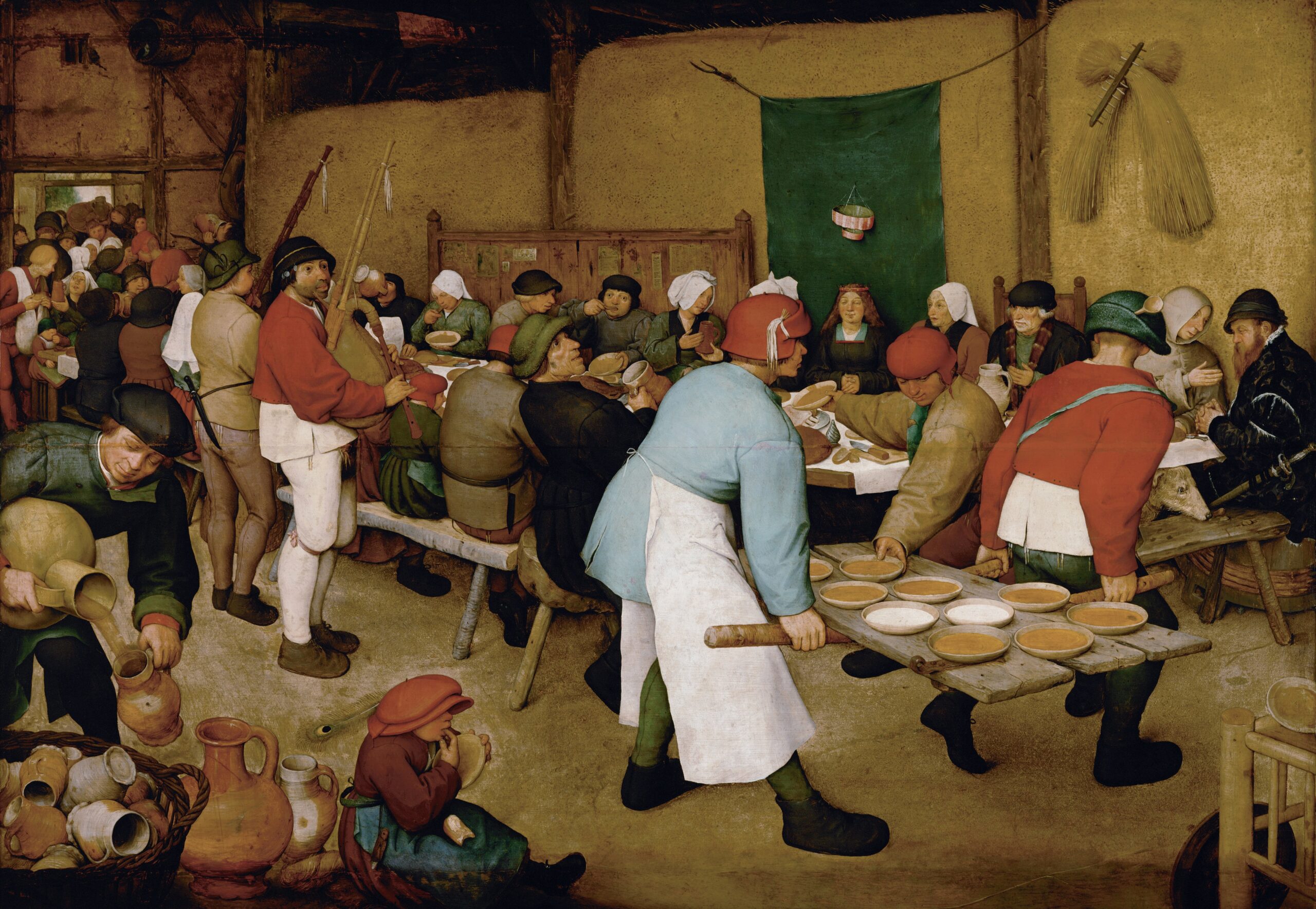
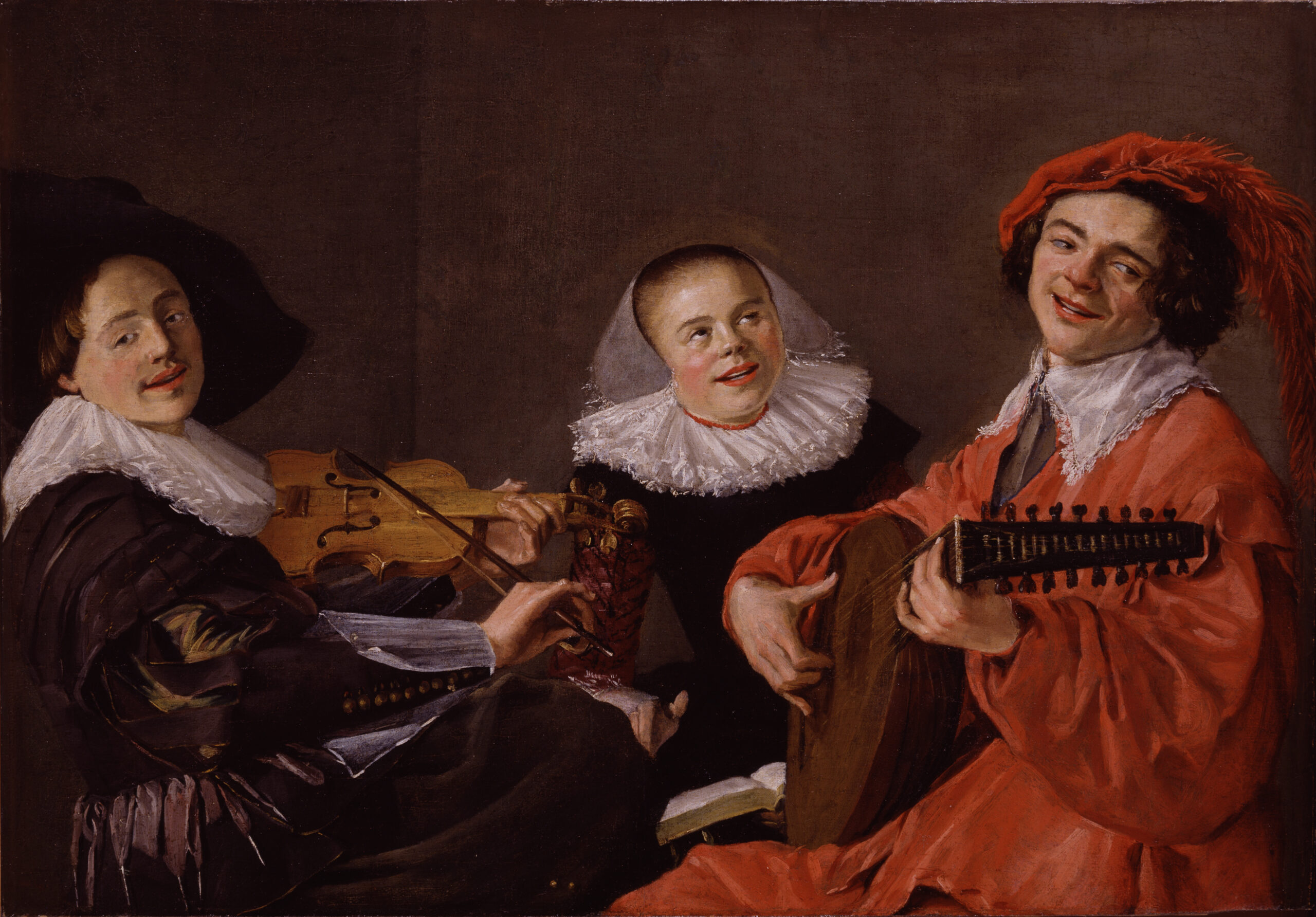
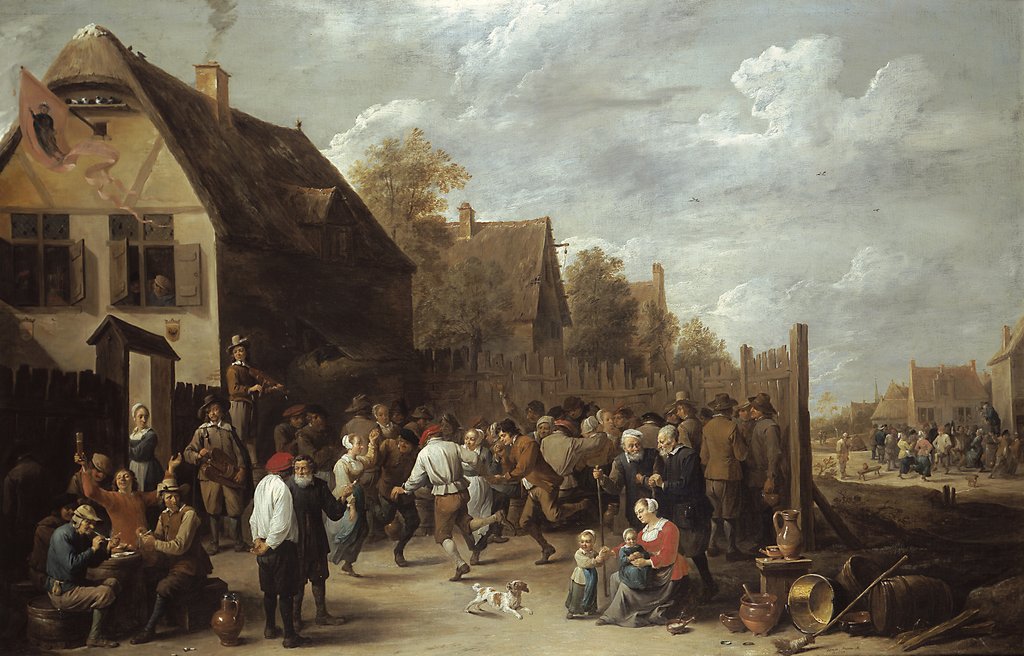
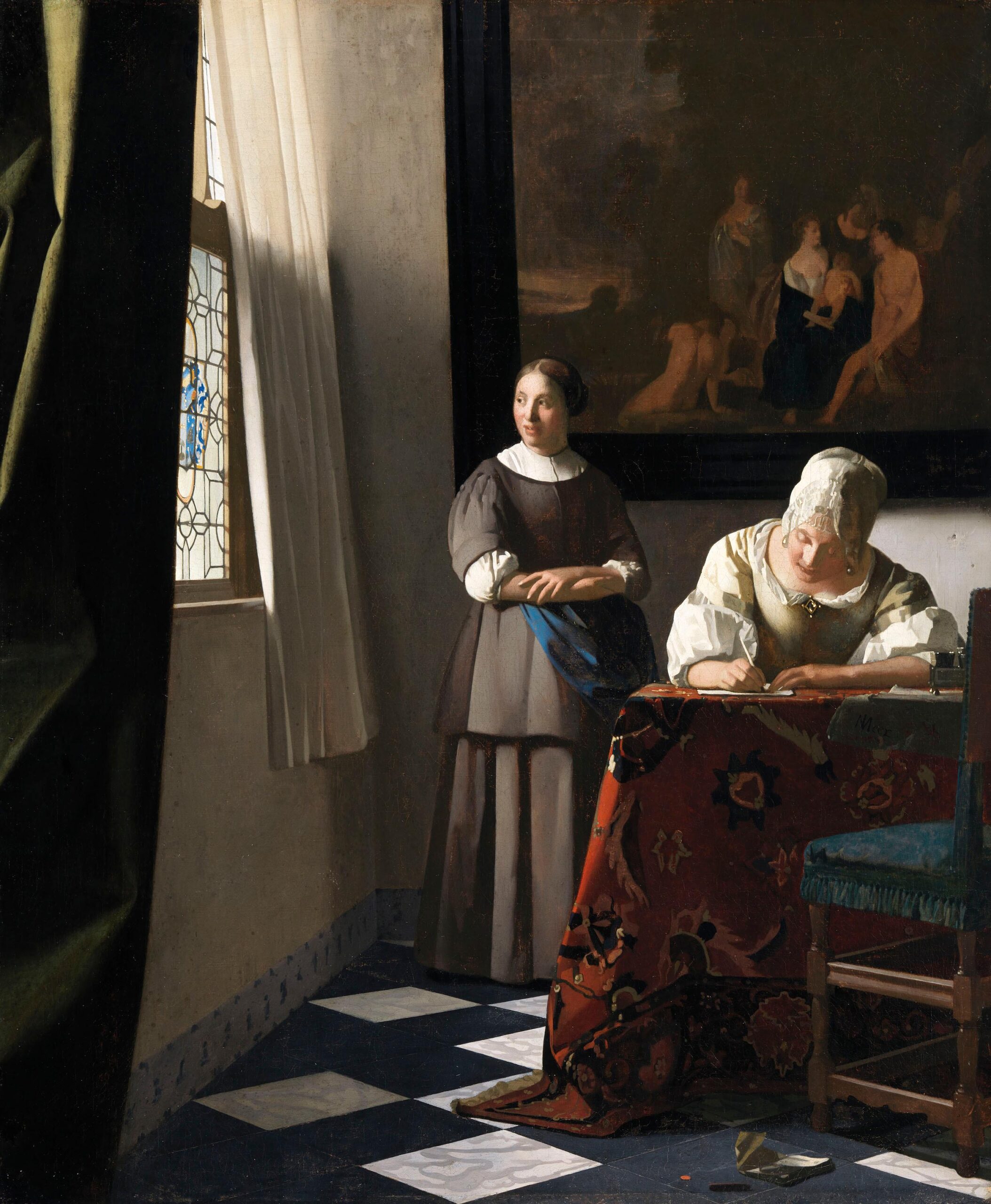
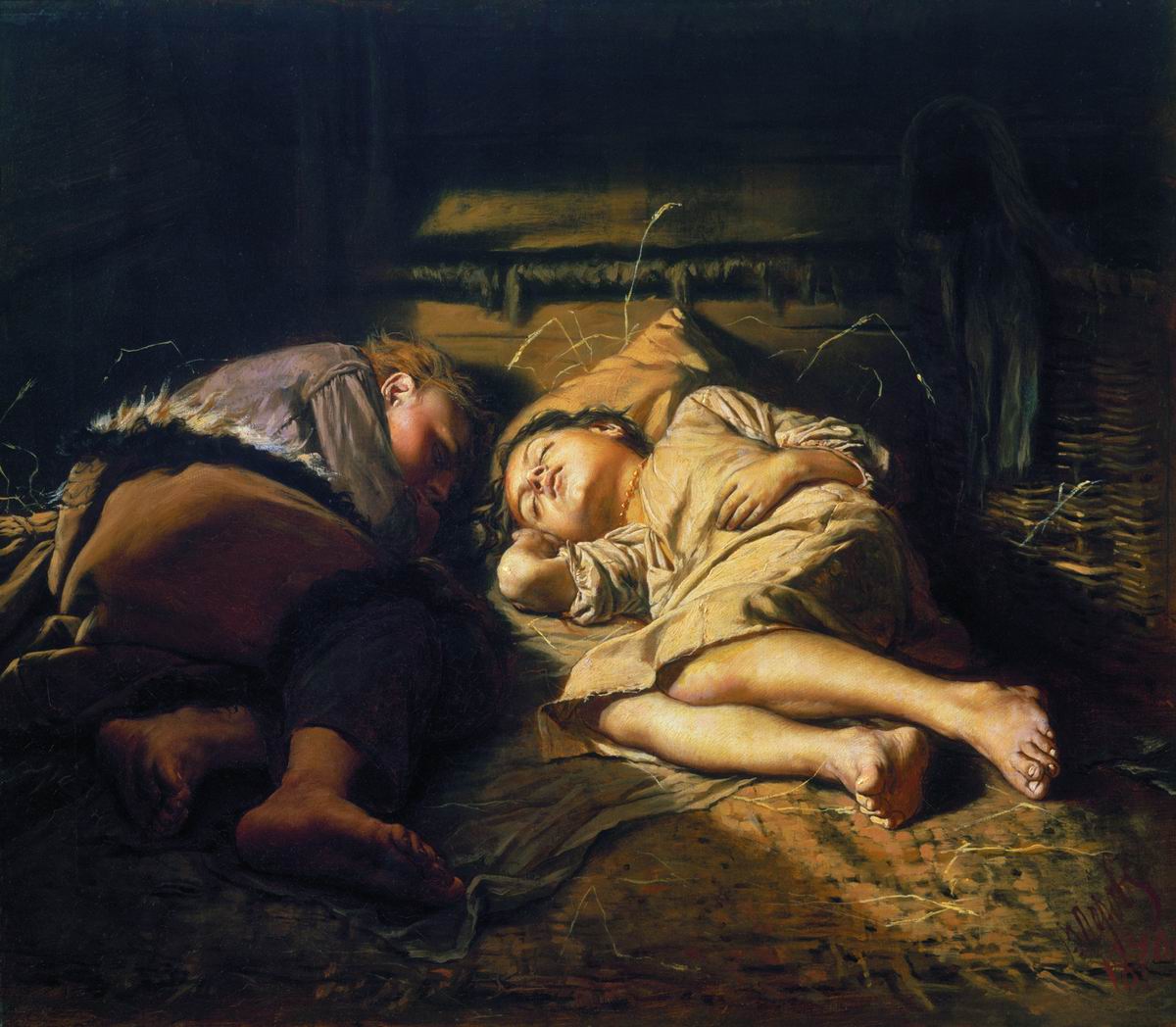
Hierarchy of Genres in Painting
During the early and late modern period, there was a clear established hierarchy of the painting genres in European culture. Thus, the primary or highest position was occupied by history painting, the next place belonged to portrait painting, and the third to the genre painting. The so-called lower genres consisted of landscapes and still lifes. The lower genres of painting are valued in that manner because it was all perceived as fragmentary painting. In such a hierarchy, fragments of landscape or still life formed the default elements of historical painting. The genre painting was also often characterized as a fragment of potentially complex painting, but since it included many elements of portrait painting, this genre was eventually highly ranked.
Genre Painting as Part of the Protestant Reformation
The overall social changes caused by the schism in the Roman Catholic Church were the framework for the growing success of this art form. The first half of the 16th century was crucial for understanding two opposing visual cultures – one belonging to the newly formed Protestant Church and the other belonging to the Roman Catholic Church, known as Baroque art. In areas with a predominantly Protestant population, a wealthy class of merchants gradually gained increasing influence. Members of this class played an important role in creating new desirable themes in painting and visual culture in general. In response to the traditionalism of the Roman Catholic ideology of representativeness, Protestants, especially those in urban areas, generated a system of values in which recognizable, faithfully presented scenes from their daily lives were marked as very desirable. An unpretentious approach to painting subjects, devoid of traditional sublime themes, paved the way for the development of a new civic, individualistic culture that values and visually shapes aspects of its everyday life in an art form.
Genre Painting and Dutch Golden Age
The Dutch Golden Age, ie the period from 1588 to 1672, was crucial for the development of the art market as we know it today. A large number of increasingly influential families of merchants who were looking for works of art for their private collections influenced the creation of an environment in which numerous painting studios sprang up. Historical painting retained its highly regarded significance as did portrait painting, yet the suppression of religious themes significantly opened up a wide range of so-called lower genres that quickly became extremely popular. From landscapes, through cityscapes, maritime paintings to still lifes and genre paintings were created in huge numbers. The visual language formed in this period through the painting of the so-called lower genres will have a significant influence on the tendencies in painting in both the 19th and the 20th centuries. The genre painting of this epoch brought a wide range of themes from reduced compositions with a single figure to paintings that represented large groups. It is not uncommon to hear that this painting is an authentic testimony to the life of people in northern Europe in the 17th century precisely because of the variety of themes it covers from Bartholomeus van der Helst’s Banquet of the Amsterdam Civic Guard in Celebration of the Peace of Münster and Rembrandt’s Syndics of the Drapers’ Guild , Gerard van Honthorst’s Merry Company to Adriaen van Ostade’s Peasants in an Interior or Nicolaes Maes’s Maids.
Genre Painting in the 19th century
During the long 19th century, there were many revolutionary breakthroughs in fine arts, but the genre painting remains strongly represented, as well as cityscape, while with the development of the Plein air method made the landscape painting the subject of research by many painters. The new attitude towards nature, that is, the establishment of the concept of striving for a return to nature, opened space for a high appreciation of landscape painting. In the second half of the 19th century, after the revolutionary changes, the genre painting created by painters close to Realism was characterized by strong social criticism. The painters of Realism introduced into the genre of painting the theme of endangered social groups, the poor, wage earners who could not be seen in the sophisticated, refined Dutch genre of painting. The studiousness of the painters of Realism changed the spontaneity of the Impressionists, who approached the genre painting in a documentary way with the aim of conveying the authentic visual or light qualities of a certain scene.
Genre Painting in the 20th century
The genre painting had been a constant of visual art throughout the 20th century as well. As the experimentation in the visual art of the twentieth century took place in the field of formal features more than in the domain of themes, the genre painting can be traced in all branches of Modernism that continued the achievements of Realism. The work of the art group the Ashcan School is an example of that continuity and frequent representation of genre themes. Another type of reliance on the experience of Realism was brought through the genre painting in Socialist Realism, which excluded every critical component in order to stimulate the propaganda qualities of painting. The genre themes were also dealt with in Pop Art, so that over time the medium of photography would take precedence in the treatment of genre themes in relation to painting.
Notable Artists
- Quentin Matsys (1466–1530)
- Pieter Bruegel (c. 1525– 1569)
- Jan Sanders van Hemessen (c. 1500 – c. 1566)
- Pieter Aertsen (1508 – 1575)
- Rembrandt Harmenszoon van Rijn (1606 –1669)
- Jan Steen (c. 1626 – 1679)
- David Teniers the Younger (1610 – 1690)
- Aelbert Cuyp (1620 – 1691)
- Johannes Vermeer (1632 – 1675)
- Pieter de Hooch (1629 – 1684)
- Giacomo Ceruti (1698 – 1767)
- Giuseppe Crespi (1665 – 1747)
- Jean-Baptiste Greuze (1725-1805)
- William Hogarth (1697 – 1764)
- Francisco Goya (1746 – 1828)
- Carl Spitzweg (1808 – 1885)
- Jean-Léon Gérôme (1824 – 1904)
- William Powell Frith (1819 – 1909)
- Frederick Daniel Hardy (1827 – 1911)
- Gustave Courbet (1819 – 1877)
- Vasily Perov (1834 – 1882)
- Ilya Repin (1844 – 1930)
- Pierre Bonnard (1867 – 1947)
- Norman Rockwell (1894 – 1978)
Related Art terms
- Renaissance art
- Baroque art
- Modern art
- Realism
- Impressionism
- Post-Impressionism
- Peredvizhniki
- American Modernism
- Socialist Realism
